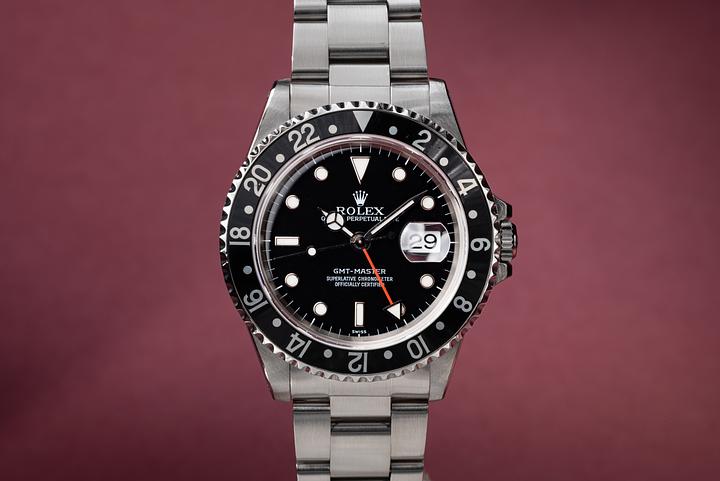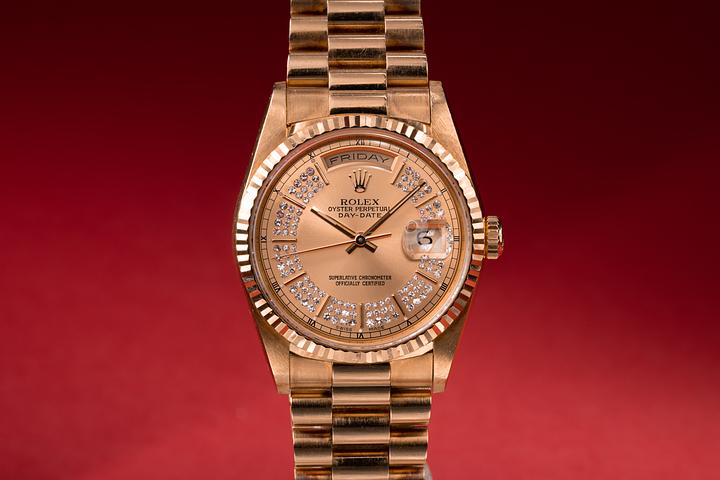Rolex Serial Number Lookup Guide for Age and Authenticity

The Rolex Serial Number Search: A Journey Through Time and Authenticity
If you’ve ever found yourself staring at a Rolex—maybe one on your wrist, or one you’re eyeing in a vintage boutique—and wondered, “How old is this watch, really?” or “Is it authentic?”, you’re definitely not alone. Welcome to the world of Rolex serial number searches: a deceptively simple concept that, when decoded properly, opens a timeline of history, precision, and yes, a bit of priceless peace of mind. Whether you're a seasoned collector or just Rolex-curious, understanding what a serial number can tell you is essential in today’s thriving watch scene—especially given the prestige of the Swiss watchmaking lineage Rolex is built upon.
Understanding Rolex Serial Numbers: What Are They and Why Do They Matter?
Alright, quick run-down: every Rolex watch is engraved with a serial number. This number, unique to each piece, serves as a sort of birth certificate for the timepiece. For models produced before 2005, you’ll typically find the serial number engraved between the lugs on the watch case at the 6 o’clock position—yes, underneath the bracelet, so removing it (or at least sliding it a bit) is necessary to see it. More modern Rolex watches, post-2005, began using an engraved rehaut, placing the serial number on the inner bezel under the crystal, visible through the dial at the same 6 o’clock position.
Why does this matter? Because this tiny bit of engraved text tells a story—when the watch was made, which generation it belongs to, and it helps confirm whether a Rolex is genuine or not. That makes it invaluable for collectors, casual buyers, and resale valuations alike. And let’s be honest, in a market flooded with counterfeits that get better every year, this number is an anchor of truth.
A Brief History of Rolex and the Serial Number System
Rolex, founded by Hans Wilsdorf in 1905 in London before relocating to Geneva, has always been on the cutting edge of innovation. But it wasn’t until the early 1920s that the company began consistently inscribing serial numbers on their watches. These early serial numbers initially followed a linear, ascending pattern—starting around 20,000 and evolving upward over the decades. Each number essentially marked a different point on a Rolex production timeline, which allowed collectors and dealers to roughly estimate the manufacturing year of a given timepiece.
However, because Rolex doesn’t officially publish serial number production lists (go figure), much of the knowledge we have today comes from decades of compiled data from dealers, watchmakers, and aficionados. In 1987, Rolex hit the one-million mark and switched to a letter prefix system, starting with the letter “R.” It was a significant pivot. From that point through to 2010, Rolex used a combination of letters before numbers to identify production windows.
The Transition to Randomized Serial Numbers Starting in 2010
Fast forward to 2010—and here’s where things changed again—Rolex shifted to a randomized serial number system. Why? Mainly to combat counterfeiting and enhance authenticity. This means watches made after mid-2010 no longer adhere to any chronological sequence. If you’re hoping to date your post-2010 Rolex via serial number... well, you’re kind of out of luck in the traditional sense. That said, Rolex authorized dealers and service centers can access internal databases to help pinpoint production years, but this info isn’t publicly available.
Still, for watches made between the 1920s and early 2010s, serial numbers remain one of the best tools for dating a Rolex. And, you know, they’re just kind of fun to decode—like finding hidden treasure under your clasp.
How to Use a Rolex Serial Number to Date Your Watch
Once you’ve located that serial number, it’s time to compare it to one of the many public Rolex serial number databases online. These charts closely align numbers—or post-1987 letter prefixes—with associated production years. For instance, a serial starting with “P” generally indicates a watch made in 2000, while a “D” prefix falls around 2005. Earlier numeric-only serials can be matched to year ranges depending on how high the number is.
Keep in mind, Rolex didn’t necessarily release all watches in the exact order they were manufactured. Some models could sit in inventory for months before being shipped, which can introduce a little fog to the timeline. Still, it’s an incredibly useful tool—especially when you’re evaluating the authenticity or resale value of a vintage Rolex (say, a 5513 Submariner or a GMT-Master from the 70s). Combined with the model number and movement caliber, the serial can help build a full narrative of your watch’s life.
Spotting a Fake: The Role of Serial Numbers in Authenticity Verification
Rolex knockoffs are some of the most frequently faked luxury items in the world—surprise, surprise—and one of the clearest indicators of a counterfeit is a lazy or incorrect serial number. Genuine Rolex engravings are deeply etched, clean, and consistent. Counterfeiters often mess this up: numbers are too shallow, badly aligned, or sometimes just completely fabricated. A serial number that doesn’t match the model era or includes impossible prefixes? Yeah, that’s a red flag.
Beyond visual clues, cross-referencing the serial number with known databases can often out a fake Rolex faster than any other step. This is especially useful when buying secondhand. If the watch’s serial suggests a 1984 production date but the dial style or reference number screams 1996, you may be looking at either a Frankenwatch or a full forgery.
Final Thoughts: Why You Should Care About Your Rolex Serial Number
In truth, the Rolex serial number is more than just a tag etched into steel—it’s a portal into the brand’s history, an under-the-surface timestamp that captures a single moment in Rolex’s staggeringly precise production process. It protects you as a buyer, empowers you as a seller, and anchors your story as a Rolex owner. Whether you're passing down a beloved timepiece or eyeing your next investment, knowing how to interpret that unassuming number could just be your most valuable tool. As always, time tells all—and with Rolex, it’s written right between the lugs.




